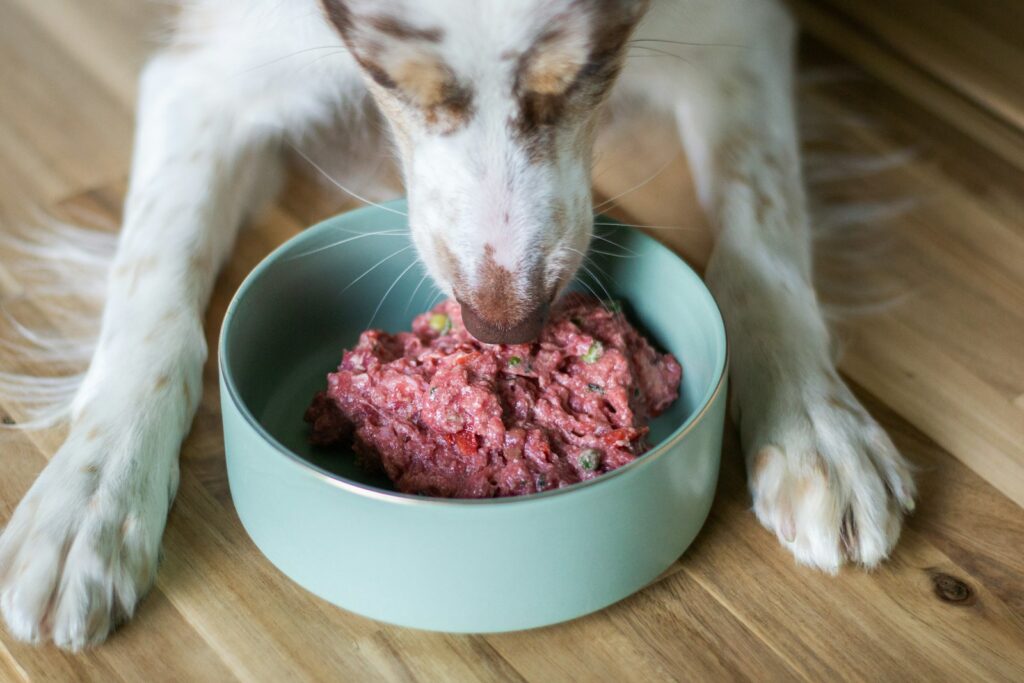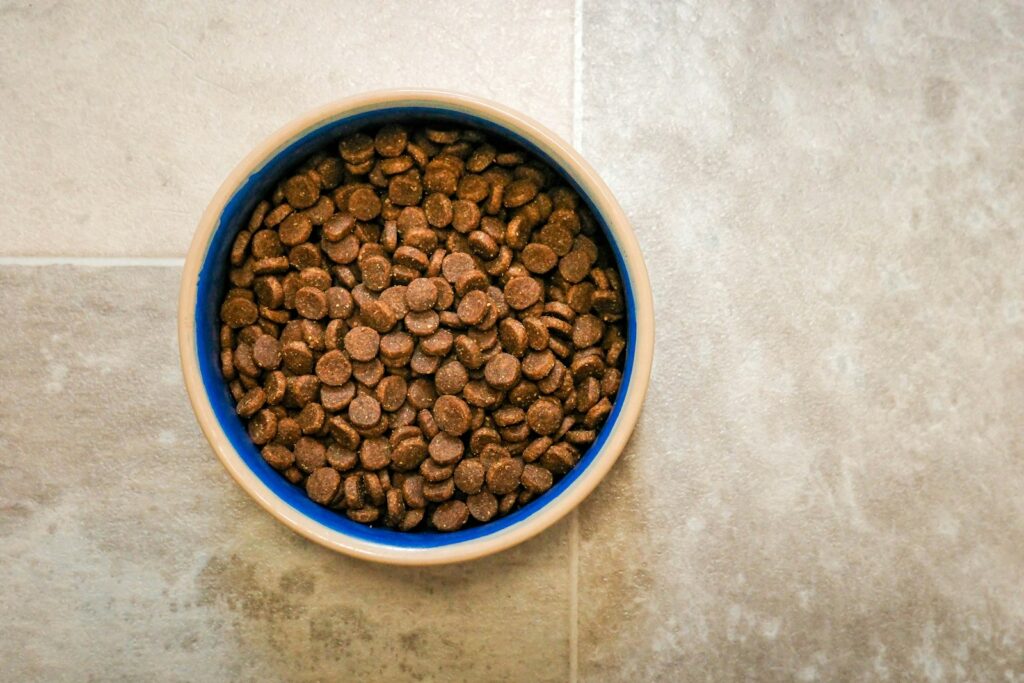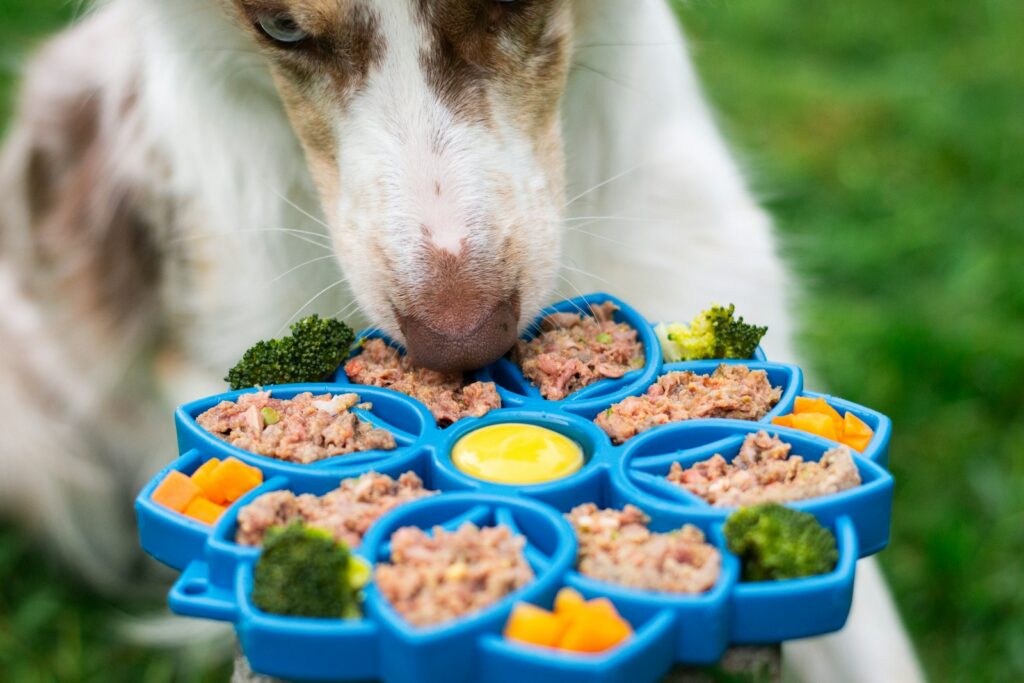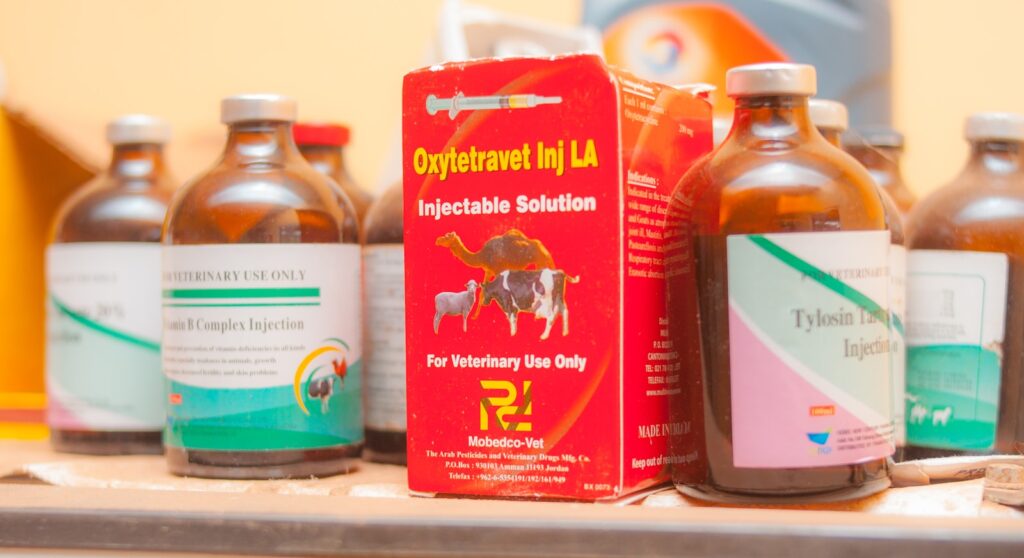In today’s economic climate, many pet owners find themselves walking a tightrope between providing nutritious food for their beloved companions and managing household expenses. The rising costs of premium pet foods can strain even the most carefully planned budgets. However, the good news is that feeding your pets quality nutrition doesn’t necessarily require breaking the bank.
With strategic shopping, smart preparation, and an understanding of your pet’s actual nutritional needs, you can maintain their health and happiness without financial stress. This article explores practical, veterinarian-approved approaches to economical pet feeding that don’t compromise on the quality your furry family members deserve.
Understanding Your Pet’s True Nutritional Needs

Before attempting to save money on pet food, it’s essential to understand what your pet actually needs nutritionally—not just what marketing campaigns suggest they need. Dogs and cats have specific protein, fat, carbohydrate, vitamin, and mineral requirements that vary based on age, size, breed, and activity level. Many premium pet foods contain ingredients that, while high-quality, might exceed what your pet requires for optimal health.
Consult with your veterinarian to determine your pet’s specific nutritional needs, which can help you identify where you can economize without compromising health. This knowledge provides a scientific basis for your food choices rather than relying on packaging claims that might emphasize unnecessary premium ingredients.
Buy in Bulk—But Wisely

Purchasing pet food in larger quantities typically results in a lower per-unit cost, making it an effective way to reduce overall expenses. However, bulk buying requires careful consideration of storage capabilities and your pet’s consumption rate. Dry food can spoil if exposed to air, moisture, or extreme temperatures, while wet food has a much shorter shelf life once opened. Invest in airtight containers for storing dry food to maintain freshness and prevent contamination.
Consider splitting bulk purchases with friends or family members who have similar pets if storage space is limited or if your pet eats specialized food that might go stale before being consumed. Remember that any savings from bulk purchases are negated if food spoils and must be discarded.
Explore Store Brands and Generic Alternatives

Many retailer-specific or generic pet foods offer nutrition comparable to name-brand products at significantly lower prices. These products are often manufactured in the same facilities as premium brands but with different labeling. When considering store brands, compare the ingredient lists and nutritional analyses with those of more expensive options to ensure you’re getting similar quality.
Pay particular attention to the protein source and its position in the ingredient list—ingredients are listed by weight, so the first few items make up the majority of the food. Many veterinarians acknowledge that some store brands provide excellent nutrition despite their lower price point, especially those from retailers who maintain strict quality control over their private label products.
Take Advantage of Loyalty Programs and Subscriptions

Pet supply retailers, both online and brick-and-mortar, frequently offer loyalty programs that can substantially reduce feeding costs over time. These programs typically provide points for purchases, special member-only discounts, and occasional free products after reaching certain spending thresholds. Online retailers often offer subscription services for regular deliveries with discounts ranging from 5-15% off regular prices, plus the convenience of automatic shipping.
Compare the subscription options across multiple platforms before committing, as some offer better introductory deals while others provide more substantial long-term savings. Keep track of promotional periods—many retailers offer deeper discounts during pet appreciation months or holiday seasons, which can be perfect times to stock up.
Consider Homemade Food—With Professional Guidance

Preparing homemade pet food can be economical while providing complete control over ingredients, but requires careful planning to ensure nutritional completeness. Working with a veterinary nutritionist to develop balanced recipes tailored to your pet’s specific needs is crucial, as homemade diets without professional guidance often lack essential nutrients. The initial consultation may represent an upfront cost, but this investment can lead to significant savings while ensuring optimal nutrition.
Homemade diets allow for purchasing human-grade ingredients on sale and in bulk, often resulting in higher quality at lower cost than premium commercial options. Many pet owners find that batch cooking and freezing portions makes homemade feeding practical and time-efficient while significantly reducing the per-meal cost compared to premium commercial foods.
Mix Commercial Food with Homemade Additions

A hybrid approach of using moderate-priced commercial food supplemented with nutritious homemade additions can stretch your pet food budget while enhancing quality. Commercial food provides a nutritionally complete base, while homemade additions introduce variety and freshness. Simple, pet-safe additions like cooked eggs, plain yogurt, canned pumpkin, or small amounts of lean cooked meats can extend commercial food while adding nutritional benefits.
This approach allows for taking advantage of grocery sales and reducing food waste by safely incorporating suitable leftovers into your pet’s diet. Be cautious about proportions—additions should typically constitute no more than 10-15% of the total diet to maintain nutritional balance, and always verify that supplements are safe for your specific type of pet.
Monitor Portion Sizes to Prevent Overfeeding

Overfeeding is not only a leading cause of pet obesity but also an unnecessary strain on your budget. Many pet owners inadvertently feed portions significantly larger than their pets require, sometimes doubling the necessary amount. Consult feeding guidelines on packaging as a starting point, but recognize these often overestimate needs to increase product consumption.
A more accurate approach involves calculating your pet’s specific caloric requirements based on weight, age, and activity level, which your veterinarian can help determine. Use measuring cups or a kitchen scale for precise portioning rather than estimating by eye, which typically leads to creeping portion sizes. Maintaining appropriate portions keeps your pet at a healthy weight while potentially cutting your food expenses by 25-50% compared to overfeeding practices.
Compare Food Costs Based on Serving Price, Not Package Price

When shopping for pet food, the sticker price can be misleading without considering the cost per serving. A seemingly expensive bag might actually provide more servings than a cheaper alternative, making it more economical in the long run. Calculate the cost per day or per serving by dividing the total price by the number of days the food will last based on your pet’s portions.
Higher-quality foods often have more concentrated nutrition, requiring smaller portions to meet nutritional needs compared to foods with fillers. Additionally, premium foods with better digestibility result in less waste production, potentially reducing the frequency and volume of clean-up necessary—an indirect cost savings. This calculation provides a more accurate picture of your true feeding costs and might reveal that mid-tier options offer the best value balance between quality and price.
Watch for Sales and Use Coupons Strategically

Strategic shopping can dramatically reduce pet food expenses without compromising quality. Create a rotation of acceptable brands and formulations that your pet tolerates well, allowing you to take advantage of whichever option is on sale during shopping trips. Sign up for email newsletters from pet supply retailers and manufacturers to receive promotional offers and digital coupons directly.
Many manufacturers offer substantial discount coupons on their websites or social media accounts, particularly when launching new products. Combining manufacturer coupons with store sales can sometimes result in premium foods costing less than budget options. Consider using price-tracking apps that alert you when preferred brands drop below your target price point, enabling systematic stock-ups during optimal savings periods.
Explore Online Retailers and Comparison Shopping

Online shopping opens up competitive pricing options that might not be available locally, often with the convenience of home delivery. Price comparison tools and websites can quickly identify the most economical source for your preferred pet food, sometimes revealing significant price variations for identical products. Factor in shipping costs when comparing prices, though many online retailers offer free shipping with minimum purchase amounts that are easily met with pet food orders.
Some online pet supply platforms provide additional first-time customer discounts or referral bonuses that can substantially reduce initial orders. Chewy, Amazon, PetFlow, and other online retailers frequently run competitive promotions against each other, creating opportunities for savvy shoppers to secure premium foods at budget prices.
Consider Rotating Proteins and Formulations

Rotating between different protein sources and formulations can take advantage of varying price points while potentially benefiting your pet’s nutritional intake. When one protein source becomes expensive due to market fluctuations, switching to a more economical alternative can maintain quality while reducing costs. This rotation approach allows for purchasing whatever protein source is on sale during a particular shopping trip.
Beyond budget benefits, many veterinary nutritionists suggest that protein rotation may reduce the risk of developing food sensitivities and provide a broader spectrum of nutrients than single-protein diets. When implementing rotation feeding, introduce new foods gradually to minimize digestive upset, and keep notes on which formulations your pet tolerates best to inform future purchasing decisions.
Avoid Unnecessary Supplements and Treats

The pet supplement and treat industry thrives on marketing products that often provide minimal benefits while significantly increasing overall pet care costs. Most high-quality commercial pet foods are formulated to be nutritionally complete, making additional supplements unnecessary for healthy animals. If you’re concerned about specific nutritional needs, consult your veterinarian before purchasing supplements, as inappropriate supplementation can sometimes cause more harm than good.
For treats, consider using small portions of regular food from your pet’s daily allotment rather than purchasing separate treat products. Alternatively, many pets enjoy low-cost, wholesome options like small pieces of carrots, apples (without seeds), or plain cooked chicken, which can be more economical and nutritious than commercial treats. When commercial treats are preferred, look for larger packages with better price-per-ounce value, and break them into smaller pieces to extend their use.
Invest in Preventative Health to Reduce Long-term Costs

While not directly related to food purchases, maintaining your pet’s overall health through preventative care significantly reduces the lifetime cost of pet ownership. Proper nutrition plays a fundamental role in preventing expensive health conditions like obesity, diabetes, and dental disease that could require costly interventions. Regular wellness examinations, though representing an upfront expense, help identify potential health issues before they become serious and expensive to treat.
Some pet insurance plans include coverage for preventative care and may offer wellness rewards programs that provide reimbursement for high-quality food purchases. Maintaining appropriate weight through proper feeding not only extends your pet’s healthy lifespan but also prevents the need to purchase specialized (and typically more expensive) therapeutic diets later in life.
Conclusion Balance is Key

Feeding your beloved pet nutritiously while adhering to a budget isn’t about finding the cheapest option available—it’s about finding the sweet spot where quality and affordability meet. By understanding your pet’s actual nutritional requirements, shopping strategically, and avoiding unnecessary expenses, you can provide excellent nutrition without financial strain. Remember that the investment in proper nutrition often pays dividends in reduced veterinary costs over your pet’s lifetime.
The approaches outlined in this article can be mixed and matched according to your specific circumstances and comfort level. With thoughtful planning and informed choices, your pet can enjoy optimal nutrition while your budget remains intact, creating a sustainable feeding routine that benefits both your furry companion and your financial well-being.

